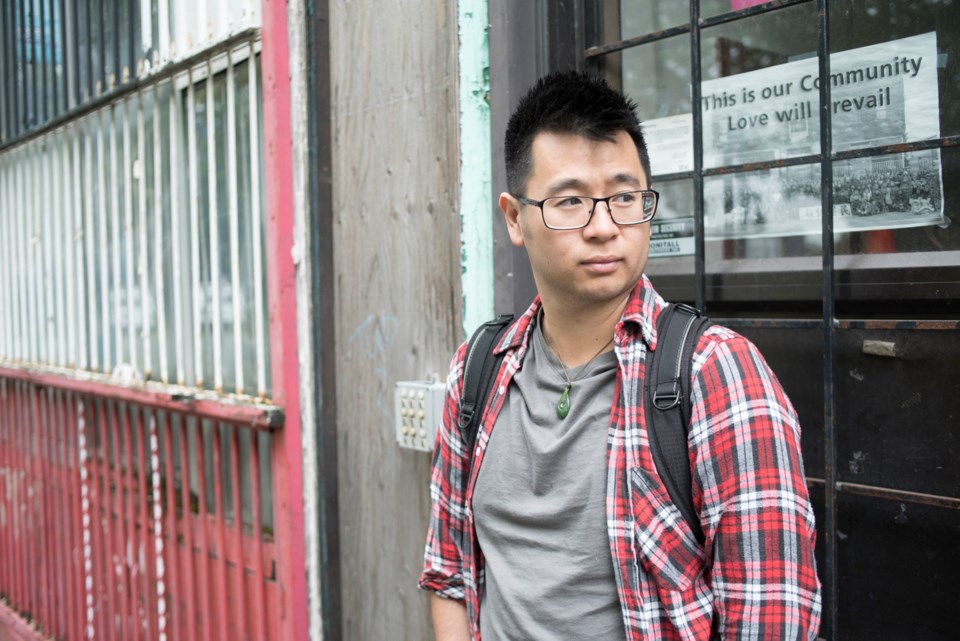A local man who uses music to build bridges across cultures is being featured in a new exhibition at the Canadian Museum for Human Rights.
The Winnipeg-based museum is featuring the video stories of seven Canadians in Our Canada, My Story. Each story looks at one contemporary Canadian working to overcome human rights challenges, and the stories have been combined in an exhibition as part of the museum’s celebrations of Canada’s 150th anniversary.
Among those featured is Kevin Takahide Lee, a professional opera singer who grew up in Burnaby. He is of Chinese and Japanese descent, with grandparents who were forced into internment camps during the Second World War. In 2013, he was part of a panel discussion with the Canadian Truth and Reconciliation Commission, featuring young descendants of those who were harmed by government policies of the past.
What he found then was that, as in his own family, very few of his grandparents’ generation – in any culture - ever talked about the struggles they had faced. He has made it his mission to learn more about his family’s story and to tell the stories of generations past.
“For anyone who wants to approach the idea of reconciliation, the first step, in my opinion, is to actually get to know the people, to actually go on a journey to help them heal – by just listening,” Lee says in his video in the museum exhibition.
For Lee, one of the ways he has reached out to help in cultural healing and reconciliation is by creating a Newcomers’ Choir, which brings together people of all ages and cultures to make music together.
“I wanted to help immigrants and people who might not feel connected with their communities,” he explains in the video story. “It’s grown into so much more than what I originally thought because we have people who are sharing their folk songs, the songs of their homeland, teaching their language to people, so there’s such a reward for everyone and you get this positive feedback of one person helping another helping another helping another … and a community develops from that.”
Lee’s story can be seen in person at the Canadian Museum for Human Rights in Winnipeg, or online starting the first week of May.
See www.humanrights.ca for more information about the exhibition, or see www.miusc.ca for more about Lee.



